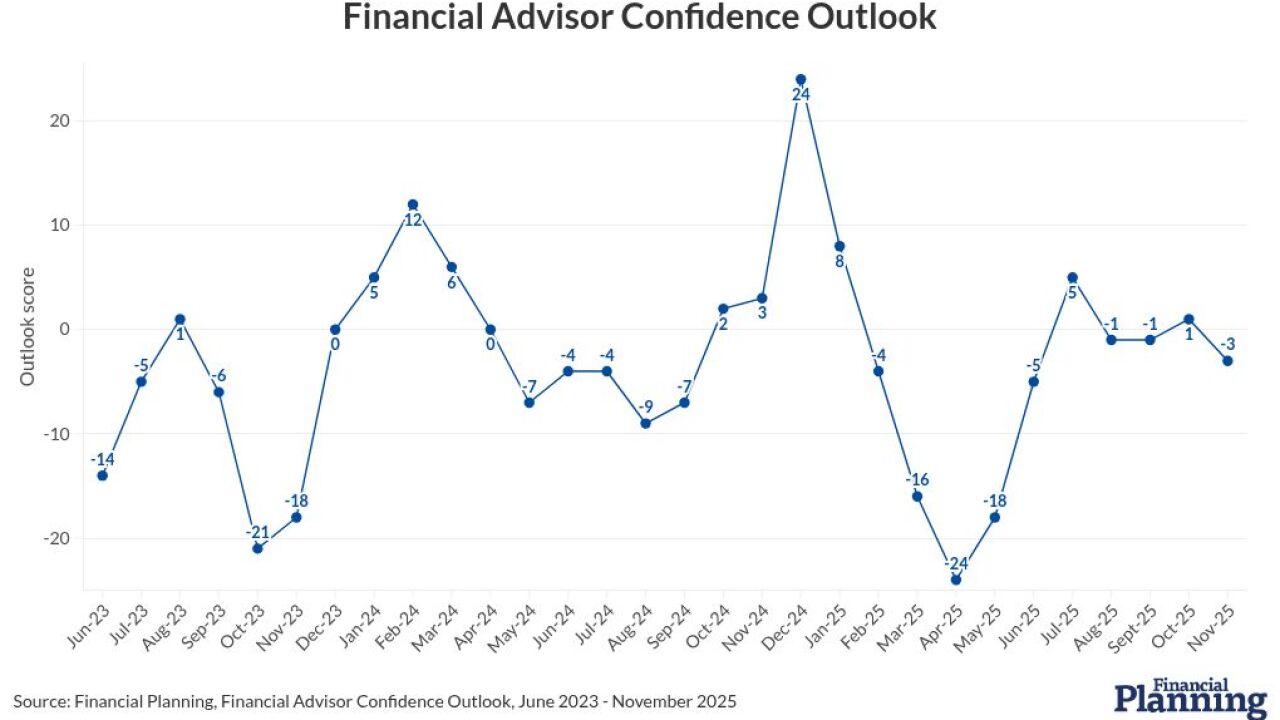This year's seemingly smooth transition to a faster settlement regime for U.S. stocks turns out to have been far from plain sailing for many industry players, according to Citigroup.
From overhauling arcane funding processes to relocating traders across oceans, the late-May switch to the system known as T+1 proved tougher than expected, the bank found in a survey of market participants.
The scale of the changes required — which affected multiple divisions including funding, FX and securities lending — caught out many in the industry, the poll shows. Meanwhile, the effects of the switch appear to have been felt unevenly. Asset managers, for instance, have been hit with higher funding costs even as banks and other intermediaries see expenses drop.
"Every area appears to have been more impacted than originally anticipated, from funding to headcounts, securities lending and fail rates," the Wall Street bank's securities services arm said in a report released Wednesday. "Investment budgets have been diverted, non-critical projects delayed and essential resources borrowed."
READ MORE:
The T+1 shift was a global event for the financial industry because it affected every institution and investor with cash in the U.S. capital markets. The change introduced a slew of difficulties, including significantly reducing the time to complete important steps of the trade process.
Extensive preparations helped ensure an apparently smooth transition, but the Citi survey indicates the work isn't done yet. The bank found 33% of projects related to the T+1 shift — mainly in the form of further automation as well as additional hiring — are still to be undertaken, and are likely to happen in 2025.
Just over half of banks and brokers say T+1 has significantly affected headcounts at their firms. That's as new workflows leave them "exposed to large volumes of manual processing and exception handling triggered by their clients," the report said.
Many are relocating staff to better align their working days with key trade processes, with some 38% of respondents saying they are moving staff as a result of the switch, usually on their FX and funding teams. The most impacted region was Europe, reflecting the challenge of "managing settlement and funding issues in the middle of the night," Citi said.
The survey, which polled about 500 market participants, notes a big discrepancy when it comes to the impact of T+1 on funding costs.
The single biggest difference for brokers and custodians has been a roughly 30% reduction in clearing margin, and some 80% of the sellside calls the development strongly consequential their business.
In contrast, 46% of buyside respondents say they're having to cover significant funding gaps during the settlement process as they navigate between T+1 and T+2 regimes (the latter is still standard in Europe and in the global currency market).
Given the ongoing mismatches across global markets, attention is now turning to the likelihood that other jurisdictions — including the European Union, the U.K. and Australia — will ultimately also accelerate their settlement cycles.
"The market appears to see the next wave of expected T+1 transitions in Europe, potentially in 2027, as the trigger for the next round of market moves," the Citi report said. "Cash, funding and liquidity management remain a top obstacle for both a U.K. and Europe transition, with legacy technology in a close second place."






